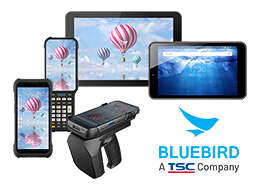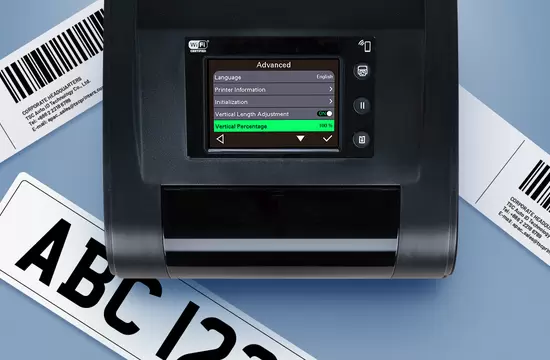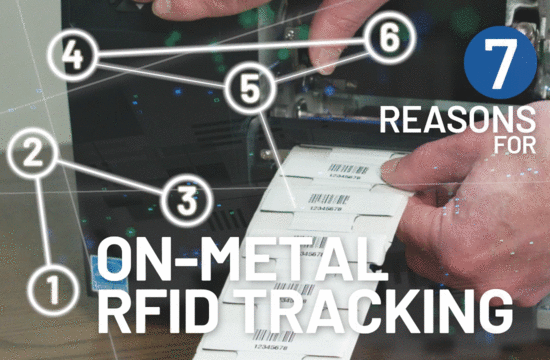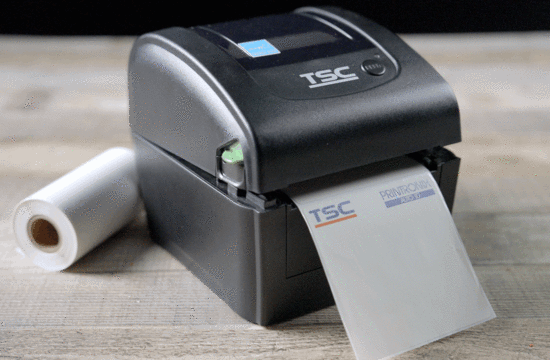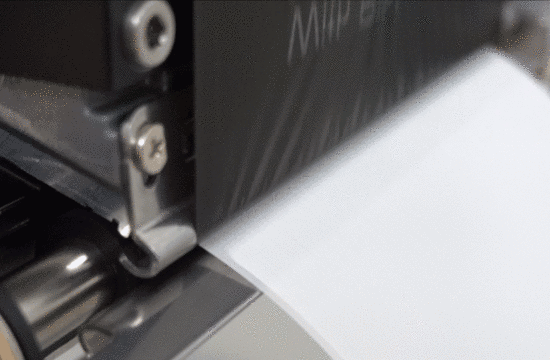Transportation & Logistics
Automotive
1429
/en/blog/automotive
Barcode Inspection
418
/en/blog/barcode-inspection
Cadeia de suprimentos
1461
/en/blog/cadeia-de-suprimentos
Cannabis
1430
/en/blog/cannabis
Company News
415
/en/taxonomy/term/415
Events and Tradeshows
1421
/en/blog/events-and-tradeshows
Food & Beverage
1426
/en/blog/food-beverage
Healthcare
1425
/en/blog/healthcare
High Resolution
414
/en/blog/high-resolution
Industry Trends
1419
/en/blog/industry-trends
Manufacturing
1424
/en/blog/manufacturing
Mobile Printing
1420
/en/blog/mobile-printing
Partner Perspectives
1460
/en/blog/partner-perspectives
Remote Printer Management
1432
/en/blog/remote-printer-management
Retail
1423
/en/blog/retail
RFID
416
/en/blog/rfid
Software Solutions
1433
/en/blog/software-solutions
Standalone
419
/en/blog/standalone
Supplies
417
/en/taxonomy/term/417
Tips & Best Practices
1431
/en/blog/tips-best-practices
Transportation & Logistics
1422
/en/blog/transportation-logistics
Warehouse & Fulfillment
1427
/en/blog/warehouse-fulfillment
Say goodbye to the frustrations of unscannable barcodes. ODV 2D technology from TSC Auto ID, an innovative barcode inspection print system, ushers in an era of operational efficiency and supply chain precision.
In today's world, there is a great variety of media available to meet the growing demands of diverse printing applications. While having the ability to print long labels and specific labels for various vertical market applications is important, achieving precise printing is a different challenge altogether. These labels often pose difficulties as printers are typically designed for common or frequently used media. Additionally, printers need to be able to adjust for special or difficult media. That's where the TH DH Series comes in, offering an easy solution for printing difficult labels. The TH DH Series is specially designed to provide end users with precise label printing capabilities, with vertical DPI (dots per inch) being a key factor in achieving this level of accuracy.
Printer management is necessary for the proper functioning and completion of print jobs. Tasks such as printer configurations, condition monitoring, and troubleshooting are essential. However, managing printers, especially on a large shop floor or printer fleet, can be challenging. That’s why real-time remote management is a vital aspect of printer management as it allows for printer control from anywhere on the premises. The TH DH Series Desktop Printer enhances real-time remote printer management in three ways: the Internal Embedded Webpage, the virtual control panel, and two software tools-TSC Console and SOTI Connect.
When you purchase apparel items, you will notice they always come with a hang tag and a care label. Based on Federal Trade Commission (FTC) and European Union (EU) regulations, labels are required on apparel products to clearly state necessary information in order to sell to end consumers. Typically manufacturers have the labels printed by service bureaus specializing in these types of labels. However, this approach has limited flexibility for change since the label contents have already been set. It also results in additional costs to print new labels and makes it harder to manage inventory for the variety of labels. Manufacturers can use an in-house label printer to overcome difficulties and conquer apparel label printing with ease.
The world of asset tracking is constantly evolving, and RFID (Radio-Frequency Identification) technology is leading the charge. While traditional RFID tags have served us well, there's a new breed specifically designed for a specific challenge: metal surfaces.
Generative AI, such as ChatGPT and Bard, is gaining momentum and driving the demand for data centers. According to research, the generative AI market is projected to reach U.S. $126.5 billion by 2031. Given growing demand, ensuring maximum efficiency in data centers should be a top priority.
Businesses are currently grappling with economic uncertainties arising from labor shortages, supply constraints, and inflation, all of which hinder the post-pandemic recovery. As a business owner or leader, your goal is to ensure the long-term success and resilience of your company despite evolving market conditions and emerging technologies. A well-defined IT strategy can help you adapt swiftly, allowing for resource reallocation to align with changing priorities. So, what’s the most rational approach to long-term IT planning, particularly when it comes to label printing solutions?
As an IT manager, you know that time is money.
Most businesses need effective inventory control and management. Companies across industries are seeking ways to gain real-time visibility and increase control over their inventory for better management. RFID technology can effectively help enterprises track and manage assets ranging from production equipment to shipping cases, commodities, and more.
Labeling is a vital aspect of various industries that delivers essential information, yet it generates a considerable environmental footprint. For instance, an application using 6,000 ribbons annually with a standard roll configuration (110mm x 300m) can consume up to 833 kg of plastics, equivalent to nearly 25,000 plastic bottles.1 As environmental protection becomes increasingly important, many businesses are now seeking greener products and solutions to decrease their environmental impact to comply with regulations, contribute to sustainability, and win customers.
Automatic labeling is a standard practice for fulfilling high-volume labeling applications. However, to reduce the environmental impact of these processes, print and apply professionals are dedicated to using greener solutions, such as ribbon-saving functions.



